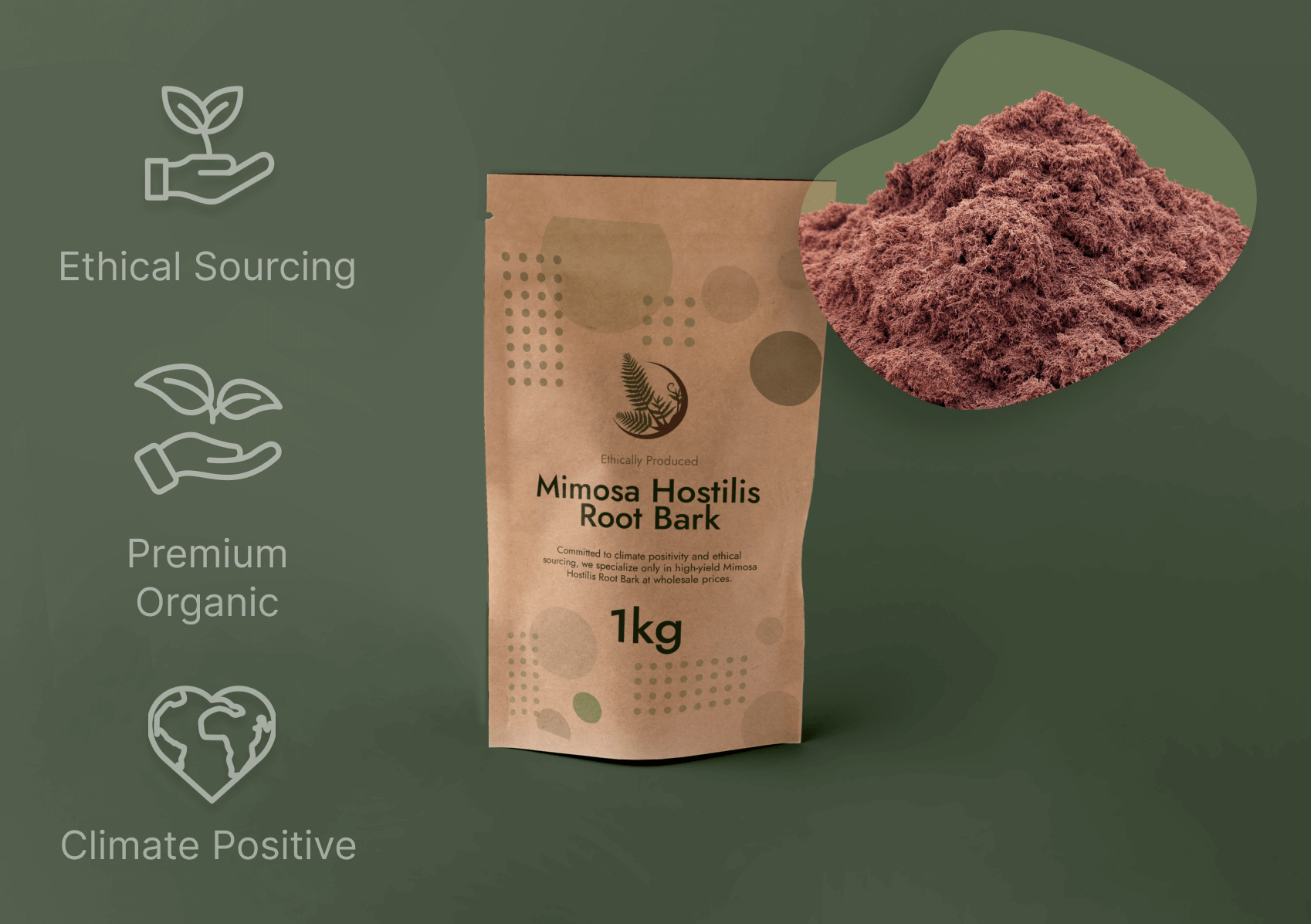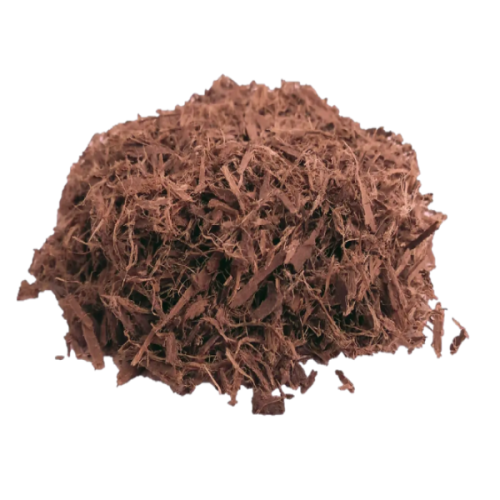Mimosa Hostilis Root Bark: A Guide to Origins and Makes use of
Wiki Article

Mimosa Hostilis Root Bark holds a substantial place in conventional techniques and modern botanical programs. This short article explores the attributes, origins, and common issues bordering this impressive plant materials, with a particular give attention to the prized Brazillian Mimosa Hostilis Root Barks.
What is Mimosa Hostilis Root Bark?
Mimosa Hostilis, scientifically often known as Mimosa tenuiflora, can be a perennial tree native to the northeastern area of Brazil and areas of Mexico. The basis bark of the tree has actually been used for centuries by indigenous communities for different sensible and conventional applications. The inner root bark includes notable concentrations of tannins, alkaloids, and other phytochemicals that lead to its unique Attributes and programs.
The tree alone is remarkably resilient, able to surviving in poor soils and drought disorders. This hardiness contributes on the strong mother nature on the bark and its chemical profile. When harvested sustainably, the outer root bark is very carefully separated to access the valuable inner bark, which happens to be then dried and geared up to be used.
Brazilian Mimosa Hostilis Root Bark: The Gold Standard
When speaking about quality in Mimosa Hostilis solutions, the Brazillian Mimosa Hostilis Root Barks are usually regarded as remarkable in the botanical current market. Quite a few aspects add to this name:
Optimal Expanding Problems
The particular soil composition, local weather, and ecosystem of Brazil's northeastern location create ideal situations for Mimosa tenuiflora to establish its comprehensive chemical prospective. The mineral-prosperous soils and unique pattern of rainfall and sunlight During this place look to reinforce the focus of Energetic compounds in the foundation bark.Regular Harvesting Understanding
In areas in which Mimosa Hostilis continues to be used typically, harvesters have designed subtle strategies for sustainable harvesting that preserves equally the tree and also the potency from the bark. This information, handed down by generations, makes sure that the bark is gathered at the ideal time of year and processed applying approaches that maintain its integrity.Distinct Actual physical Features
Brazilian Mimosa Hostilis Root Bark usually displays a wealthy reddish-brown to purple inner bark that has a fibrous, dense texture. The visual features often serve as an Preliminary indicator of quality, with expert people recognizing the distinct look of bark from this area.
Widespread Purposes and Takes advantage of
The programs of Mimosa Hostilis Root Bark span both common and modern day contexts, though It truly is critical to know the lawful position of these uses varies by country and jurisdiction.
Standard Craft and Practice
Indigenous communities have Traditionally used Mimosa Hostilis Root Bark for generating all-natural dyes for textiles, Using the bark creating attractive shades of purple, burgundy, and deep brown. The tannin-prosperous Houses also manufactured it precious for leather tanning together with other practical applications.Modern-day Botanical Analysis
Modern day curiosity in Mimosa Hostilis Root Bark extends to numerous fields of botanical analysis, especially finding out its chemical composition and likely purposes. Researchers have identified a number of exciting compounds inside the bark that warrant additional scientific investigation.Horticultural and Agricultural Utilizes
In permaculture and sustainable agriculture, Mimosa tenuiflora is valued as being a nitrogen-fixing species that can improve soil excellent. The bark alone, when processed, can be employed as a organic mulch or soil Modification in specified agricultural contexts.Good quality Assessment and Identification

For the people working with Mimosa Hostilis Root Bark, knowledge how to assess good quality is vital. Substantial-excellent material, particularly authentic Brazillian Mimosa Hostilis Root Barks, ordinarily exhibits specific traits:
The visual physical appearance need to present a clear difference amongst the outer and interior bark, With all the internal bark displaying deep, vibrant colors. The material must have a attribute earthy, marginally sweet aroma, cost-free from musty or moldy notes. When processed, the bark must yield a wonderful powder though preserving its fibrous framework till grinding. Appropriately Premium Mimosa Hostilis dried bark needs to be brittle but not dusty, indicating right dampness written content.
Frequently Questioned Questions (FAQs)
one. What is the difference between Mimosa Hostilis Root Bark from Brazil along with other regions?
Brazilian Mimosa Hostilis Root Bark is generally regarded as top-quality due to the best rising circumstances in northeastern Brazil, which lead to bigger concentrations of active compounds. The standard harvesting procedures used in this region also lead to the overall high quality and potency of the ultimate item.2. How should really I retail store Mimosa Hostilis Root Bark to take care of its top quality?
Retail outlet the bark in a great, darkish, and dry area in an airtight container. Protection from light-weight, humidity, and Extraordinary temperature fluctuations should help protect the bark's chemical integrity and stop degradation of its active factors.3. Is Mimosa Hostilis an endangered species?
No, Mimosa tenuiflora will not be at the moment detailed as an endangered species. The truth is, It can be known for its resilient development and talent to thrive in challenging circumstances. Having said that, responsible harvesting procedures are still necessary to make sure the sustainability of wild populations.four. Can I improve Mimosa Hostilis beyond its native habitat?
Even though Mimosa tenuiflora thrives finest in its native tropical local weather, it may be cultivated in similar Mimosa Hostilis Root Bark environments. The tree demands properly-drained soil, lots of sunlight, and security from frost. On the other hand, the chemical profile of cultivated specimens may perhaps vary from wild-harvested Brazilian content.five. Exactly what is the authorized standing of Mimosa Hostilis Root Bark?
The authorized position may differ appreciably by region and jurisdiction. In some areas, the Uncooked bark is legal to have, although in Other people, certain extracts or preparations may be regulated. Generally analysis and adjust to area laws and laws just before obtaining or making use of any botanical compound.Being familiar with Mimosa Hostilis Root Bark, specially the top quality Brazillian Mimosa Hostilis Root Barks, requires appreciation of its botanical traits, traditional context, and acceptable programs. No matter if for analysis, craftsmanship, or botanical study, this extraordinary plant materials continues for being a subject matter of fascination throughout numerous fields, though constantly inside appropriate legal and moral boundaries. Report this wiki page